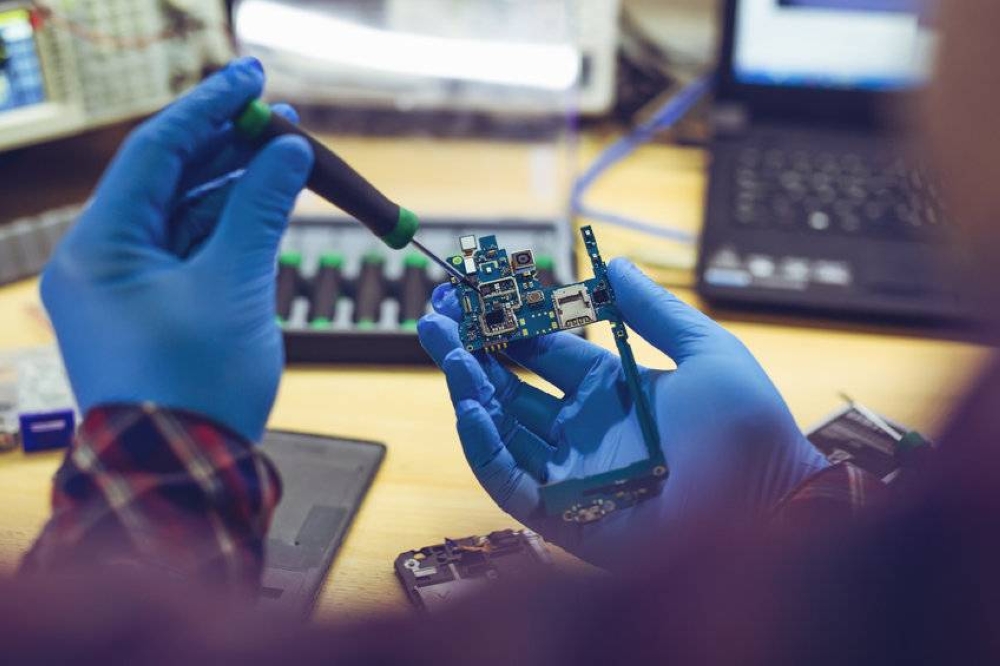Time to get rid of TVET's second-class education label, says experts

KUALA LUMPUR - The developments and needs of today’s industry, which is geared towards the use of smart technologies through Industrial Revolution 4.0 (IR4.0) applications, demand human capital equipped with niche skills.
In view of this and to ensure that Malaysia is not left behind in adapting to IR4.0, the government is now placing more emphasis on technical and vocational education and training (TVET) - which was introduced in the early 1970s - with a special focus on industry-based training and development of psychomotor skills.
The government’s commitment to the TVET revolution is reflected in its yearly budget. Under Budget 2022, a total of RM6.6 billion - the largest allocation so far - has been set aside to empower the TVET sector.
Despite that, there is still a negative stigma attached to TVET, which many perceive as second-class education and reserved for individuals who are academically weak. Hence the reason why many parents are reluctant to enrol their children in TVET programmes.
OUTDATED STIGMA
Prof Dr Mohamad Sattar Rasul, who is chairman of the Centre for Science, Technology, Engineering and Mathematics (STEM) Enculturation at Universiti Kebangsaan Malaysia, said such a stigma should no longer exist as TVET has its own clear-cut career paths.
He said TVET’s evolvement in recent times has been remarkable compared to the 1970s and 1980s when only certificate-level TVET programmes were available and there was no avenue for the students concerned to pursue further studies.
"If we look at the situation now, the TVET education path is easier. For example, if students don’t do well at the PT3 (Form Three) or SPM (Sijil Pelajaran Malaysia) level, they can still continue their education at the certificate level at a vocational or community college.
"Later, they can study at a polytechnic to get a diploma before pursuing a degree-level programme at any university under the Malaysian Technical University Network such as Universiti Malaysia Perlis, Universiti Teknikal Malaysia Melaka, Universiti Tun Hussein Onn Malaysia and Universiti Malaysia Pahang,” he told Bernama, adding that even other ASEAN member states such as Indonesia, the Philippines, Singapore and Thailand are referencing Malaysia’s TVET education system.
Mohamad Sattar said he also does not see any significant gap between mainstream academic and TVET graduates in terms of their marketability or employability.
"In fact, our country is in great need of human capital highly skilled in various technical fields, not just those with cognitive skills and academic excellence,” he added.
MANY ADVANTAGES
Mohamad Sattar said TVET has its own advantages, among them being enabling students to improve their skills during their practical stints at various industries.
This, he pointed out, makes it easier for TVET graduates to get jobs after they have completed their studies. It will also enable them to create job opportunities for others should they decide to venture into business.
Mohamad Sattar also reminded parents that TVET courses offered by local institutions are recognised and monitored by Malaysian accreditation agencies such as the Malaysian Qualifications Agency, Skills Development Department, Malaysia Board of Technologists and other professional bodies.
Currently, 434 public skills training institutes and 753 private training institutes in Malaysia are recognised nationally and also internationally.
MEET INDUSTRY NEEDS
Meanwhile, senior dean of the College of Engineering Technology at Universiti Malaysia Pahang (UMP) Prof Dr Abdullah Ibrahim said TVET graduates have wide job prospects as they typically possess skills that meet industry requirements.
He said this was evident in their marketability rate which stood at 87 percent in 2020, where 66.8 percent was absorbed by various industries.
As part of efforts to increase the nation’s technical and vocational workforce, the government, through the 12th Malaysia Plan, is targeting over 55 percent of SPM school-leavers to take up TVET programmes. It also hopes to achieve an 86.7 percent marketability rate for TVET graduates by 2025.
Pointing to the Government-Industry TVET Coordination (GITC) body that was established to steer the national TVET agenda, Abdullah said GITC must be mobilised as actively as possible because it will be the key to the success of programmes that involve the creation of a skilled and semi-skilled workforce.
"In the post-pandemic era, many industries will be stepping up their operations and will require skilled manpower, hence the demand for TVET graduates will always be there,” he added.
Abdullah also urged TVET programme providers to update their curriculum to ensure their graduates remain relevant to current market needs.
He said UMP, for instance, has taken the initiative to offer degree-level TVET programmes such as Bachelor’s degree in Technology and Engineering Technology in various disciplines to ensure their students’ knowledge transcends the current curriculum.
"UMP’s close ties with industries also make it easier for our university to empower its TVET programmes based on their (industries’) recommendations and advice,” he added. - BERNAMA










